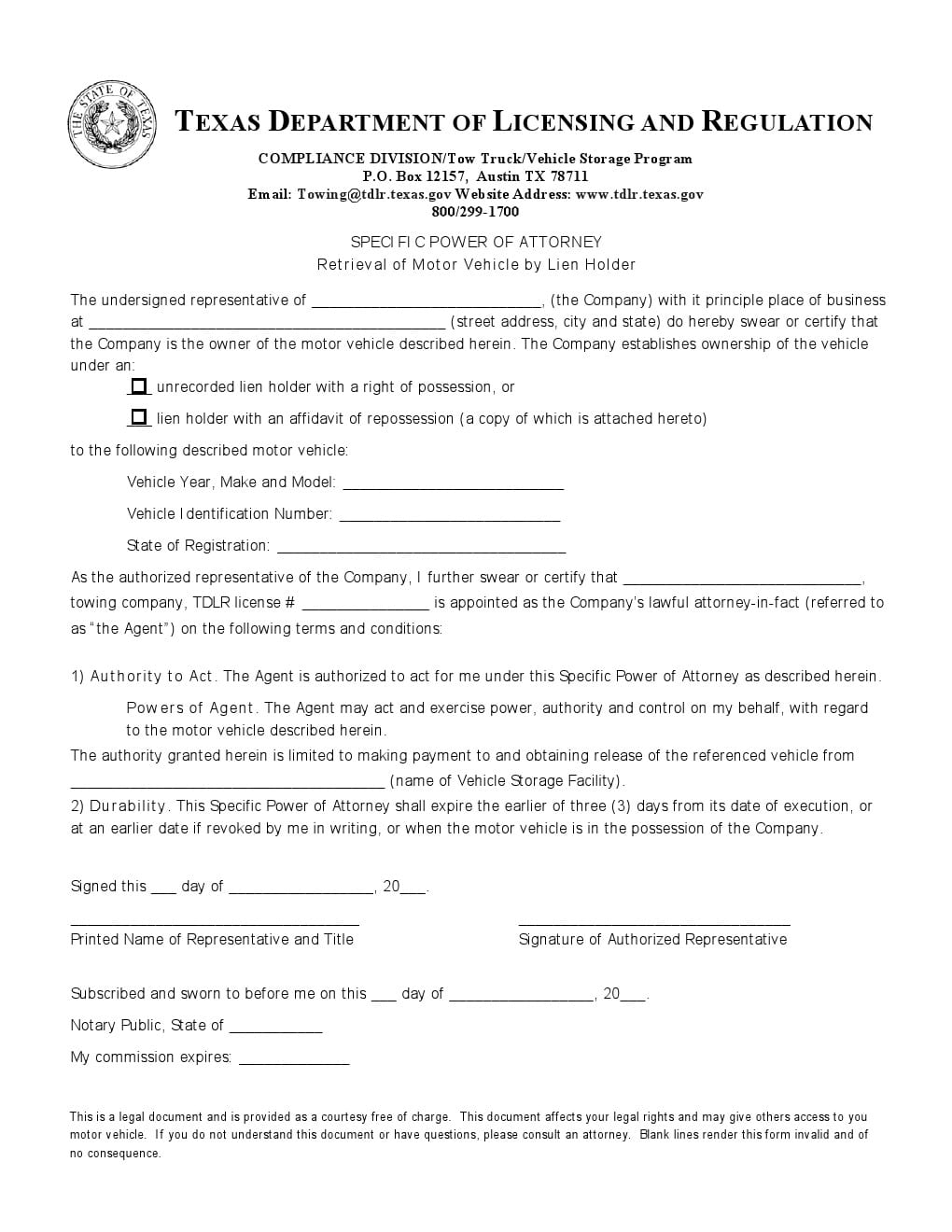
The lienholder may receive the insurance check. After a settlement has been reached, your insurance deductible will apply and your insurance company will issue a check. If the police were involved, get a copy of the police report.Īn insurance claims adjuster will be assigned to your claim and will assess the damage to your car.Contact your insurance company to file a claim.Take photos and exchange information at the scene of the accident.Make sure you are safe at the scene of the accident and get medical treatment, if necessary.If your car has a lien and it is damaged due to a problem covered by your policy (like a car accident or fire), filing a car insurance claim with your insurance company begins with the same basic process:

How Do You File a Car Insurance Claim if you Have a Lienholder? New car replacement insurance usually has age and mileage requirements, depending on the insurance company.įor example, Farmers car insurance replaces a car of the same make and model if it’s within the first two model years and has fewer than 24,000 miles. This coverage pays for a brand-new car of the same make and model instead of the depreciated value of your totaled car. What Other Types of Insurance Should I Buy for a Car with a Lienholder?Īn optional coverage you might want to consider is new car replacement insurance. For instance, you’ll have to pay car repair bills out of pocket if you’re at fault for a car accident and do not have collision insurance. But if you drop collision and comprehensive insurance, you won’t be covered for certain problems. Once your loan is paid off, you no longer have to carry any optional coverage types that were required by your lienholder. Your lienholder could also determine your car insurance deductible amount. While your state determines the minimum amount of liability car insurance you need to have, your lienholder could require higher amounts of coverage. Your lienholder might have other car insurance requirements as well, such as the amount of liability car insurance you will need to buy. This coverage type pays the “gap” between what you owe on your car loan or lease and the depreciated value of your car if it is totaled due to a problem covered by your policy, like a car accident or fire. If you took out a loan to buy your car, some lenders will also require you to buy gap insurance.


These are two separate coverage types that pay to repair or replace your car if it is damaged by a covered problem, including car accidents, hitting an object, car theft, vandalism, fire, hail, falling objects, floods and collisions with animals. Typically, your lienholder will require you to buy collision and comprehensive insurance. There may be a clause in your loan agreement that specifies what coverage types and the amount of insurance you will need. Yes, your lienholder can require you to carry certain types of car insurance. The lien allows your lender to repossess your car if you stop making payments.Ĭan My Lienholder Require Me to Buy Car Insurance? Your lender holds the car’s title and is considered the legal owner until your loan is paid off. When you borrow money to buy a car, the amount of money you owe your lender is a lien. Here’s what you need to know about a lienholder on a car title and how it affects your car insurance. For example, if you have a car loan, your lender is the lienholder until the loan is fully paid off. If a car title has a lien, that means the lienholder has a legal claim to the car.

The title to a car is a legal document of ownership.


 0 kommentar(er)
0 kommentar(er)
